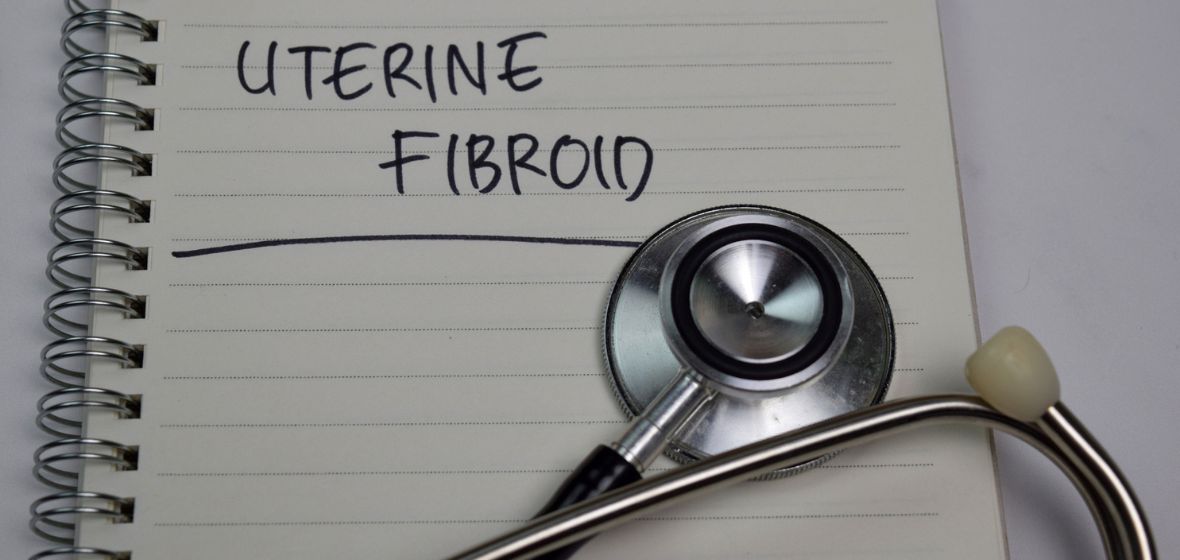
What are Fibroids?
Uterine fibroids are common benign growths in the muscular wall of the uterus that can alter a woman’s menstrual cycle. By age 50, they can affect well over 50% of women in the United States; however, they are often asymptomatic and do not need treatment.
For some women, fibroids cause severe discomfort that impacts the quality of life and requires treatment. The number, size and location of fibroids play a role in the severity of symptoms as well as treatment options.
Symptoms include:
- Heavy menstrual bleeding
- Pelvic pain
- Uterine pressure
- Bloating
- Increased urinary frequency
- Constipation
- Pain down the back of one or both legs
While women in their teens and 20s can have symptoms related to fibroids, most seek treatment in their 30s and 40s. Fibroids are sensitive to estrogen and usually cease to grow or do not cause symptoms after the onset of menopause.
What Treatments are Available?
Hysterectomy (surgical removal of the uterus) is an option, especially for those women in their peri-menopausal ages, or in those where there are bulky fibroids replacing most of the normal uterus. However, this has the disadvantage of leaving a woman without a vital organ and might lead to physical or psychological harm.
In some cases, a minimally-invasive surgery called myomectomy can remove/shrink fibroids. This surgery removes only the fibroids but is limited to those that have localized disease.
Medications such as hormone therapies and intrauterine devices are also an option. These may or may not completely resolve fibroids but can delay the need for surgery.
If you’re looking for a non-surgical, non-hormonal, minimally invasive option that preserves fertility, a procedure called uterine artery embolization is another option.
What is Uterine Artery Embolization?
Uterine artery embolization is a treatment aimed at cutting off the blood supply to the fibroids. Uterine arteries supply nutrients and oxygen for fibroids to grow. Performing uterine artery embolization limits the blood supply to reduce and soften the fibroids.
During this procedure, with X-ray guidance, an interventional radiologist inserts a catheter to deliver microscopic bead-like particles through your blood vessels to the specific artery supplying blood to the uterine fibroid. This causes those blood vessels to be blocked and the fibroids to shrink. There is no skin incision and post-procedure recovery is usually 3-5 days.
The procedure decreases abnormal bleeding and relieves pressure symptoms.
Since this is a minimally invasive procedure, recovery time is short, with most procedures done as a same-day admit.
If uterine embolization sounds right for you, call UofL Health – Diagnostic Imaging & Radiology at 502-852-5875.









